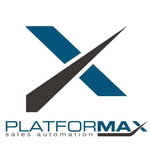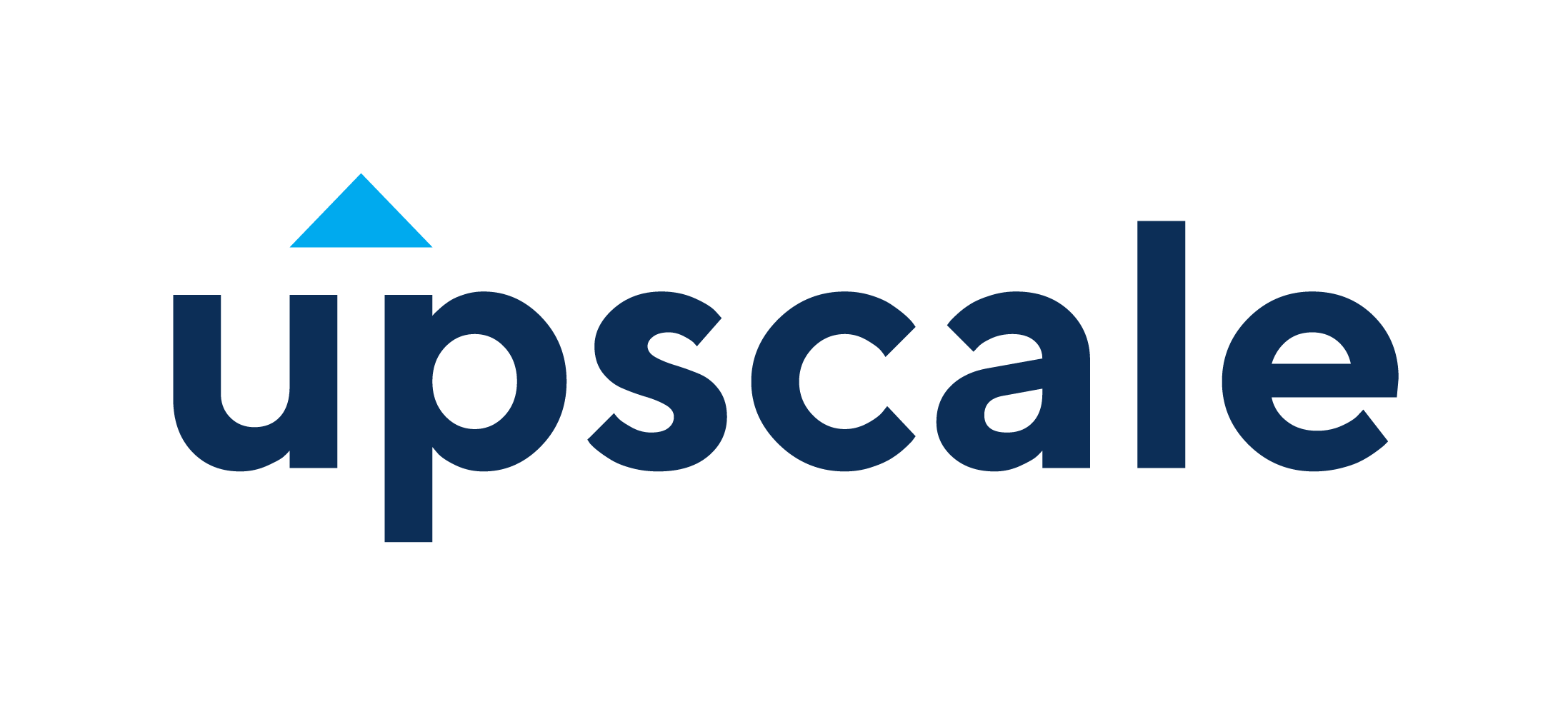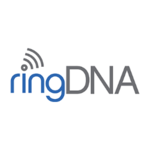What Is Inside Sales Software?
Inside sales software is a technical solution that streamlines and improves the sales process for firms that rely heavily on remote or virtual sales approaches. It provides a comprehensive range of tools and features to help inside sales teams achieve their sales objectives more efficiently. Inside sales software is essentially a unified platform that allows sales personnel to manage their leads, contacts, and client interactions, making it easier to nurture and complete deals.
From cold calling and email campaigns to lead tracking and analytics, this software addresses all areas of inside sales, allowing sales teams to operate quickly and stay organized. One of the key benefits of employing inside sales software is its ability to automate monotonous processes like data input and follow-up emails, giving sales agents more time to focus on high-value activities like relationship building and conversion.
Furthermore, it gives real-time analytics and data, enabling sales managers to track their team's performance and discover areas for development. Many inside sales software packages include functionality such as voicemail drop, call recording, and dialer. These capabilities are designed to increase sales productivity and efficiency by allowing representatives to make and track calls from a single interface.
What Are The Recent Trends In Inside Sales Software?
Inside sales software has grown in popularity in recent years because it allows sales teams to manage leads and prospects more efficiently and effectively. With the ever-changing technological world, buyers must be aware of the latest developments in inside sales software to make informed purchasing selections.
Buyers can examine the following current trends while assessing inside sales software:
1. Artificial Intelligence (AI) Integration: One of the most recent developments in inside sales software is the incorporation of AI technology. This enables sales teams to automate mundane operations like lead scoring, email outreach, and data input, giving them more time to engage with potential clients. AI-powered inside sales software can also provide sales representatives with vital information and recommendations on how to approach distinct leads depending on their behavior and demographics.
2. Cloud-Based Platforms: As remote work and flexibility become more prevalent, the demand for cloud-based inside sales software has grown. This enables sales teams to use the software from anywhere and on any device, making it easier for them to stay connected and manage their leads while on the go.
3. Connectivity With CRM Systems: Many inside sales software packages now include seamless connectivity with Customer Relationship Management (CRM) systems. This enables for a more efficient sales process because sales representatives can readily access and update customer information from within the inside sales software, eliminating the need to switch between platforms.
4. Multichannel Communication: Inside sales software now supports more than just phone and email communication. With the rise of social media and messaging apps, inside sales software now incorporates tools that enable connection with prospects across numerous channels, improving the likelihood of engagement and conversion.
5. Advanced Analytics: Data is essential in sales, and inside sales software today includes advanced analytics capabilities that give sales teams important insights into their performance. These analytics can assist in identifying top-performing sales representatives, tracking lead progress, and forecasting sales income, giving critical information for decision-making.
Benefits Of Using Inside Sales Software
Inside sales software is a strong tool that can help your sales staff work more efficiently and effectively. From lead creation to transaction closure, this software has numerous features that can help your company gain a competitive advantage.
Look at the primary benefits of using inside sales software and how to make an informed decision when selecting the best one for your company.
1. Streamlined Lead Management: One of the most significant advantages of adopting inside sales software is the ability to streamline lead management. With tools like lead scoring, lead nurturing, and automated follow-ups, you can successfully manage your leads and prioritize your actions. This not only saves time, but also improves the likelihood of converting leads into clients.
2. Increased Sales Productivity: Inside sales software provides a variety of capabilities that can significantly boost the productivity of your sales staff. This software can help your team work smarter and quicker by automating activities, recording calls, and providing real-time statistics, to name a few examples. With everything in one location and simple access to data, your staff can focus on selling rather than administrative responsibilities.
3. Improved Communication And Collaboration: Effective communication and collaboration are critical to the success of any sales organization. Inside sales software provides a single platform for team members to interact, share information, and work together on deals. This reduces the need for many back-and-forth emails or phone calls, allowing your team to collaborate smoothly.
4. Improved Customer Relationship Management: Building great ties with your customers is critical to long-term success. Inside sales software has powerful customer relationship management tools like contact management, call monitoring, and sales pipeline management, which can assist optimize client interactions and develop stronger relationships. This can lead to greater client satisfaction and repeat business.
5. Increased Efficiency And Cost Savings: By automating numerous duties and optimizing processes, inside sales software can help your sales staff work more efficiently. This means more agreements finished in less time, resulting in more revenue. Additionally, by eliminating manual processes and paperwork, your company can save on operational expenditures.
6. Real-Time Analytics And Reporting: Data is required to make informed business decisions. Inside sales software provides real-time analytics and reporting, allowing you to gain vital insights into your sales process and performance. This information can help you identify areas for improvement and make data-driven decisions to meet your sales targets.
Important Factors To Consider While Purchasing Inside Sales Software?
When it comes to choosing inside sales software, there are numerous critical elements to consider to ensure that you receive a product that matches your company's demands and helps you achieve your sales objectives.
Here are some of the most crucial aspects to consider while making your decision:
1. Features And Functionality: The first step is to decide which precise features and functionality you need from the software. This is determined by several factors, including the size of your sales staff, the complexity of your sales process, and your overall business objectives. Some important features to look for in inside sales software are lead management, email integration, call tracking, and reporting capabilities.
2. User Interface And Ease Of Use: Choose software with an intuitive user interface that your staff can easily navigate. Look for a demo or free trial to get a feel for the product and see whether it is user-friendly for both sales representatives and management. A convoluted or confusing UI can only slow down and reduce your team's productivity.
3. Integration And Compatibility: Make sure the inside sales software you chose is compatible with your current systems and can readily interact with other tools and platforms you use. This will avoid disruptions to your existing operations and enable a smooth transition for your team.
4. Modification Options: Because each organization has unique requirements and operations, it is critical to select software that allows for modification. Look for alternatives for customizing the program to your individual sales process, as well as the opportunity to add and remove features as needed.
5. Customer Assistance: As with any product, it is critical to assess the amount of customer assistance provided by the provider. Make sure you have access to technical support and training materials to enable your staff fully exploit the software's functionality.
6. Pricing: In addition to the other aspects discussed above, pricing is an essential consideration when selecting inside sales software. Examine the various pricing options offered and decide which one best suits your budget and needs. Keep in mind that the cheapest solution is not always the best, therefore assess the software's value and ROI.
What Are The Key Features To Look For In Inside Sales Software?
When it comes to selecting the best inside sales software for your company, there are a few crucial characteristics to consider.
Here are some crucial aspects to consider before making a purchase:
1. Lead Management: One of the most important features of inside sales software is the ability to properly handle leads. Look for tools like lead scoring, lead routing, and lead nurturing to help your sales staff prioritize and convert leads effectively.
2. Contact Management: The software should also include a powerful contact management system that allows you to effortlessly store and organize all of your contact information in one location. This should include the option to track communications, plan follow-ups, and create reminders.
3. Call Tracking: Inside sales software should provide complete call analytics, allowing you to track and assess the success of each conversation. Look for call recording, call tracking, and real-time call metrics to acquire vital insights into the success of your sales staff.
4. Email Integration: Email is an important tool for inside sales teams, so ensure sure your program works with your email client. This enables you to track and manage email communications within the software, resulting in a more simplified and effective workflow.
5. Data And Analytics: The ideal inside sales software should include detailed data and analytics to assist you track your team's performance and make educated decisions. Look for configurable dashboards, real-time reporting, and the opportunity to export data for additional analysis.
6. CRM Integration: To ensure that your sales and marketing teams communicate and share data seamlessly, use inside sales software that interacts with your Customer Relationship Management (CRM) system. This will eliminate the need for manual data entry while increasing data accuracy.
7. Mobile App Access: With the growing popularity of remote and mobile work, having a mobile app for your inside sales software can be game-changing. Look for software that has a user-friendly mobile app for quick access to critical features on the road. Consider these crucial qualities when selecting the best inside sales software for your company.
Why Do Businesses Need Inside Sales Software?
Inside sales teams play an increasingly important role in today's competitive company environment. Inside sales software is an essential tool for firms who want to optimize their sales processes, boost efficiency, and drive growth.
Here are the main reasons why firms require inside sales software:
1. Increases Productivity And Efficiency: Inside sales software automates time-consuming operations like data entry, lead management, and follow-up emails, freeing up sales agents to focus on more important activities like prospecting and completing deals. This increases productivity and efficiency, which leads to improved sales success rates.
2. Enhances Lead Management: Inside sales software offers a single platform for managing and organizing leads. It enables sales representatives to track lead contacts, prioritize them based on their readiness to buy, and move them through the sales pipeline in a systematic manner. This guarantees that no prospective chances escape through the cracks, resulting in more leads being converted into customers.
3. Increases Sales Intelligence: Inside sales software provides significant insights into client behavior and preferences, allowing sales representatives to modify their sales pitches and plans accordingly. It also tracks client interactions across several touchpoints, allowing for a comprehensive snapshot of the customer experience. This allows sales agents to make more educated judgments and anticipate consumer needs, enhancing their chances of making a deal.
4. Facilitates Easy Collaboration: Inside sales software enables sales teams to share insights, track progress, and collaborate toward a single goal. This increases team relationships, communication, and performance, resulting in increased sales statistics.
5. Facilitates Individualized Engagement: Inside sales software enables individualized engagement with prospects and customers through capabilities such as email templates, customizable message, and automated follow-up. This guarantees that each encounter is relevant and tailored to the customer's individual needs and preferences, resulting in increased engagement and conversions.
6. Offers Real-Time Analytics And Reporting: Inside sales software offers real-time analytics and reporting, giving firms a complete picture of their sales success. This enables them to discover areas for improvement, measure critical indicators, and make data-driven decisions to continuously optimize their sales operations. Overall, inside sales software is a must-have tool for firms trying to boost sales, enhance productivity, and stay competitive in today's market. By automating chores, offering important insights, enabling collaboration, and facilitating tailored communication, it enables sales teams to generate great outcomes and drive business success.
How Much Time Is Required To Implement Inside Sales Software?
When considering deploying inside sales software, one of the most common worries among buyers is the amount of time it would take to get up and operating. After all, time is money, and no firm wants to spend it on a lengthy and expensive implementation process. The solution to this issue varies based on the software and business requirements. However, the time necessary to develop inside sales software varies from a few weeks to a few months.
The first step in adopting inside sales software is often selecting the appropriate software for your company. This can include looking into alternative possibilities, attending demos, and comparing features and prices. This step might last anywhere from a few days to a few weeks, depending on how thorough your search and decision-making are. After you've decided on the program, the following step is to begin the implementation process.
This normally includes installing the software, moving data from your existing system, and teaching your team on how to use the new software. The length of this process varies substantially based on the software's sophistication and the volume of data to be moved. Some inside sales software suppliers provide quick and simple setup alternatives, but others may demand more time and resources.
Before making a purchase, discuss the implementation process with the provider to gain a better knowledge of what to expect. In general, a simple inside sales software deployment takes 4-8 weeks, whereas a more complex one can take anywhere from 6 months to 1 year. It is critical to set aside appropriate time and resources for the implementation process to ensure a smooth transition and minimize delays or problems.
It is also important to note that the time necessary for implementation is not the sole consideration. Ongoing support and training are also essential to the success of your inside sales software. Choose a provider that provides a complete onboarding and support program to ensure that your team fully utilizes the software and achieves the intended results.
What Is The Level Of Customization Available In Inside Sales Software?
Inside sales software provides a wide range of customization possibilities to meet the specific needs of various firms and sales teams. These customization options enable customers to adjust the program to their unique workflows and processes, resulting in a more efficient and personalized sales experience. So, if you're thinking about investing in inside sales software, you need first grasp the level of customisation available so you can make an informed selection.
The extent of customisation in inside sales software varies according to the provider and the software package. However, most software in this category provides a high level of customization, allowing customers to tailor the product to their individual needs. One of the primary areas where inside sales software allows for flexibility is in the lead management process.
Users can define custom fields and tags to categorize and organize leads based on certain criteria. This enables a more focused and tailored approach to lead nurturing and conversion. Another critical part of inside sales software customization is the ability to design custom sales procedures and workflows. This feature allows users to design their own sales process, including tasks, activities, and milestones, ensuring that all sales team members follow a consistent strategy.
In addition to customizing leads and sales processes, inside sales software enables personalized engagement with prospects and customers. Users can develop custom email templates and personalized messaging for each stage of the sales cycle, making communication more relevant and effective. Finally, inside sales software provides customization choices for reporting and analytics. Users can select which indicators to track and generate personalized reports to acquire insights into their sales success.
Which Industries Can Benefit The Most From Inside Sales Software?
Inside sales software is an effective tool that can help a variety of sectors by improving sales processes, increasing efficiency, and ultimately driving revenue. While the benefits of inside sales software vary depending on a company's specific objectives and goals, certain industries stand to benefit the most from its implementation.
1. B2B Companies: Inside sales software is especially useful for B2B businesses because it enables efficient lead handling, lead nurturing, and effective communication with potential customers. B2B organizations can simply analyze and manage their pipeline thanks to features like as lead scoring, automated follow-ups, and integrated CRM, resulting in higher conversions and shorter sales cycles.
2. Software And Technology: The software and technology market is extremely competitive, and companies in this sector can considerably profit from inside sales software. The platform enables excellent lead prioritization and tracking, which are critical for creating and closing business in a fast-paced sector. Furthermore, inside sales software can assist software and technology organizations in tracking client interactions, creating personalized outreach, and eventually increasing customer happiness and retention.
3. E-Commerce: Inside sales software may transform e-commerce organizations by enabling personalized and targeted outreach to clients. E-commerce enterprises may effectively communicate with potential customers and enhance sales by leveraging features such as real-time lead monitoring, social media integrations, and targeted marketing.
4. Healthcare And Pharmaceuticals: The healthcare and pharmaceutical industries require a high level of organization and communication, therefore inside sales software is an excellent choice. The program allows for excellent lead management and efficient communication between sales staff and healthcare experts, resulting in increased sales and better customer relationships.
5. Education: As e-learning and online education become more popular, inside sales software can substantially benefit the education business. The software can help with lead generation, automatic communication, and lead nurturing, making the enrollment and registration process more streamlined and efficient. Overall, inside sales software is a versatile tool that may help a variety of sectors. Its features and capabilities can be customized to match the individual demands of organizations and help them reach their sales targets. As a result, firms in the B2B, software and technology, e-commerce, healthcare, and education sectors can all profit significantly from incorporating inside sales software into their sales operations.
Conclusion
In conclusion, selecting the correct inside sales software for your company can have a big impact on your sales process and, ultimately, your bottom line. As you look through the various possibilities available, it's critical to understand your individual demands and priorities, as well as vital criteria like functionality, cost, and customer service.
First, determine your goals and objectives for using inside sales software. Do you want to streamline your lead generation process? Or do you want to enhance your team's communication and collaboration? Knowing your goals will help you decide which software is ideal for your firm. Next, thoroughly consider the features provided by different software solutions.
Look for capabilities that are required for your sales process, such as lead tracking, contact management, and sales forecasting. Consider features such as automation, interaction with other programs, and custom reporting choices. Price is another important thing to consider. While some inside sales software may require a bigger initial investment, it may provide more advanced capabilities and client support.
On the other side, while some software options may be less expensive, they may lack all of the capabilities your organization requires. It is critical to assess the value versus the cost and select a solution that fits within your budget. Prioritizing customer assistance can also help to ensure that the product is implemented smoothly and effectively.
Look for a vendor who provides comprehensive training and continuous assistance to ensure that your team properly utilizes the software's features and maximizes its potential. Finally, take advantage of software companies' free trials and demos. This will provide you with hands-on experience and allow you to evaluate how the program will operate for your company before making a final decision.
By considering these critical elements and thoroughly researching your options, you can make an informed decision and choose inside sales software that will improve your sales process and promote business success. Remember to examine your software requirements on a frequent basis and make changes as your firm develops and evolves. With the appropriate inside sales software, you can elevate your sales efforts and stay ahead of the competition.






















